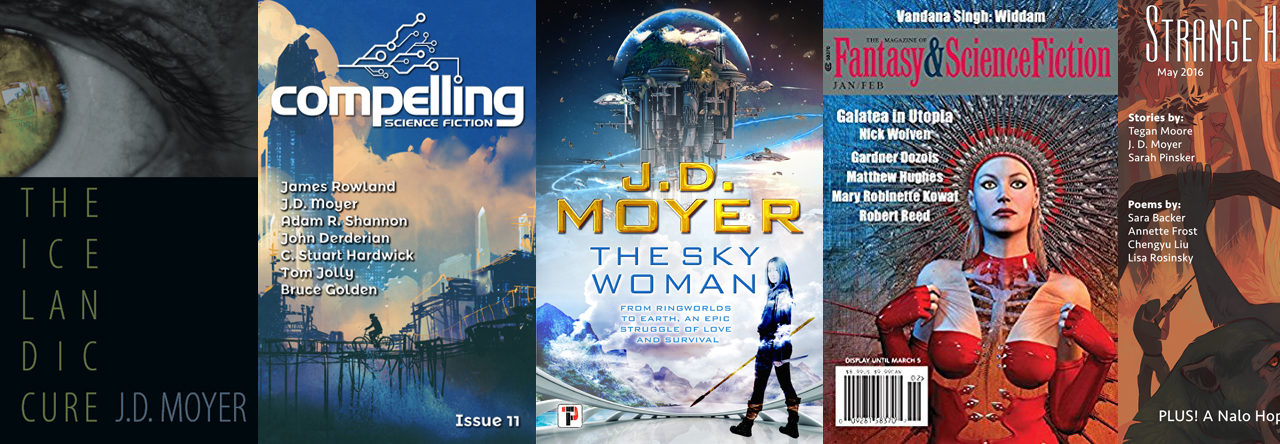
Kia and I were talking about all the things we want to do post-pandemic. We want to see all our friends and family, eat out at restaurants, go to concerts, travel, and everything else we haven’t been able to do for nearly a year now. Will we actually do all those things once we get the chance? It’s hard to say; maybe those activities will feel too stimulating and overwhelming after living the quiet inside life for so many months. But I imagine there will at least be a period of overcompensation, not only by us but by most people globally. Many are in dire economic straits because of the pandemic, so it remains to be seen how much of a consumer spending boom will result. But the appetite will be there.
The conversation got me wondering how much of the Roaring Twenties of the 20th century had to do with the exuberance and relief that followed not only the end of World War I, but the end of the 1918 flu pandemic that killed 675,000 Americans and 50 million worldwide. The good times didn’t begin right away. The U.S. experienced high inflation for several years due to pent-up demand, short supply, and the end of rationing rules. Wages didn’t keep up with rising prices and workers went on strike as a result. Class and racial tensions boiled over in many cities, resulting in riots and numerous deaths.
In 1921 the Fed lowered interest rates, President Harding provided national unemployment relief, and the U.S. economy was off to the races. Economic boom times were accompanied and amplified by cultural changes: women’s suffrage, the availability of birth control and the possibility for smaller families, the automobile, radios in most households, frequent cinema outings, and the rise and growing influence of Black culture (jazz, dance halls, the Harlem Renaissance, etc.). Reactionary and racist groups pushed back via Prohibition, Ku Klux Klan membership, the anti-communist “Red Scare” movement, and the Anti-Immigration act of 1924. But the mood of many in the country was exuberant, expansionistic, and celebratory.
21st Century Redux?
Could our own twenties follow a similar path? As a thought experiment, what factors would need to exist and co-conspire to create our own Roaring decade?
